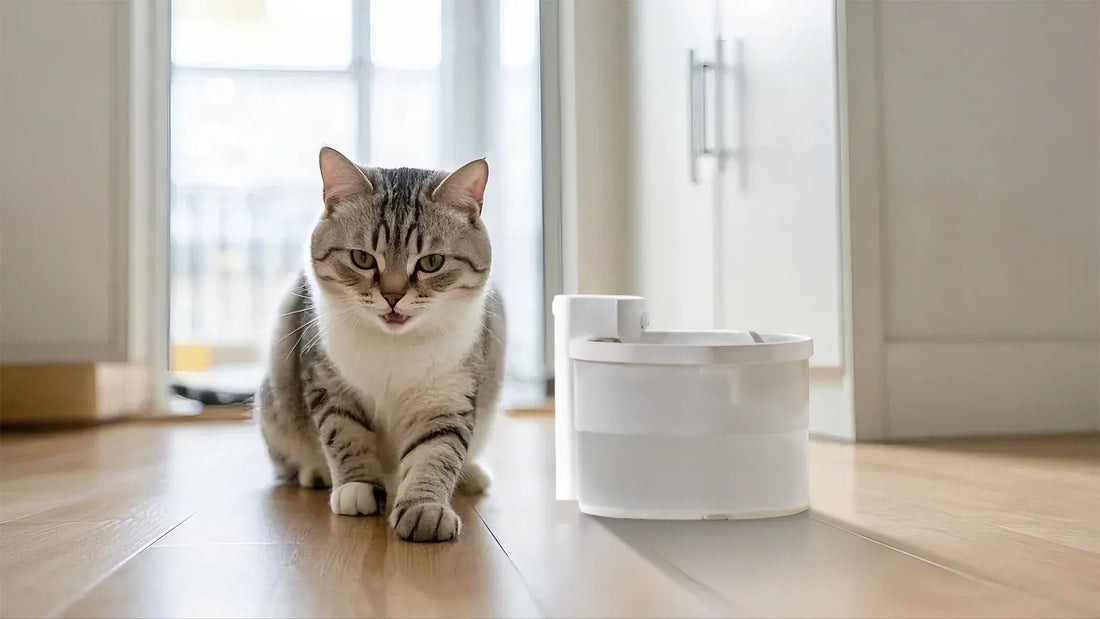Playing with your dog is one of the most rewarding experiences for both you and your furry companion. However, what do you do when your dog doesn't seem interested in toys? Many pet owners face this challenge, but the good news is that there are plenty of creative ways to engage your dog and strengthen your bond. This article explores various strategies to play with a dog that doesn't like toys, ensuring they stay happy, active, and mentally stimulated.
Understanding Why Your Dog Doesn't Like Toys
Before diving into alternative play methods, it's essential to understand why your dog might not be interested in toys. Some dogs simply haven't been exposed to toys during their early development, while others may have had negative experiences with them. Certain breeds or individual personalities may also prefer other forms of stimulation. Observing your dog's behavior and preferences can provide valuable insights into what activities they might enjoy.
Focus on Interactive Play
Interactive play is an excellent way to engage a dog that doesn't care for toys. Activities like tug-of-war, fetch, or chase can be done without traditional toys. For example, you can use a piece of rope or a soft cloth for tug-of-war, or simply run around with your dog in an open space. The key is to make the activity fun and rewarding for your dog, using praise, treats, or affection as incentives.
Incorporate Mental Stimulation
Dogs thrive on mental challenges, and incorporating brain games into your playtime can be highly effective. Puzzle feeders, hide-and-seek, or training sessions can keep your dog engaged and entertained. For hide-and-seek, you can hide treats around the house or yard and encourage your dog to find them. Training sessions not only provide mental stimulation but also strengthen your bond and improve your dog's obedience.
Explore Sensory Play
Sensory play taps into your dog's natural instincts and senses, making it a great alternative to traditional toys. Activities like sniffing games, water play, or exploring new environments can be incredibly stimulating. For sniffing games, scatter treats in the grass or use a snuffle mat. Water play can be as simple as letting your dog splash in a kiddie pool or run through a sprinkler. Introducing your dog to new places, like a park or hiking trail, can also provide sensory enrichment.
Use Everyday Objects
You don't need fancy toys to keep your dog entertained. Everyday household items can be repurposed for play. For example, cardboard boxes can be turned into a fun obstacle course, or empty plastic bottles can be filled with treats for a DIY puzzle toy. Always ensure that the objects you use are safe and non-toxic for your dog.
Engage in Social Play
Social play with other dogs or humans can be a great way to engage a dog that doesn't like toys. Arrange playdates with other dogs or involve family members in group activities. Social interaction can provide both physical exercise and mental stimulation, making it a well-rounded play option.
Experiment with Different Types of Toys
While your dog may not like traditional toys, they might enjoy other types of playthings. Experiment with different textures, shapes, and sizes to see what captures their interest. Soft plush toys, rubber chew toys, or even natural items like antlers or bones might appeal to your dog. Be patient and observe their reactions to find the right fit.
Make Playtime a Routine
Consistency is key when it comes to playtime. Establishing a regular routine can help your dog look forward to these activities and build their interest over time. Set aside dedicated play sessions each day, and try to vary the activities to keep things fresh and exciting.
Pay Attention to Your Dog's Cues
Every dog is unique, and it's important to pay attention to their individual preferences and comfort levels. If your dog seems stressed or uninterested in a particular activity, try something else. The goal is to create a positive and enjoyable experience for your dog, so always be mindful of their reactions.
Seek Professional Guidance
If you're struggling to find activities that your dog enjoys, consider seeking advice from a professional dog trainer or behaviorist. They can provide personalized recommendations based on your dog's specific needs and personality. Professional guidance can be especially helpful if your dog's lack of interest in toys is linked to underlying behavioral issues.
Playing with a dog that doesn't like toys may require some creativity and patience, but the effort is well worth it. By exploring alternative activities, focusing on mental and sensory stimulation, and paying attention to your dog's cues, you can create a fulfilling and enjoyable playtime experience. Remember, the goal is to strengthen your bond and keep your dog happy and healthy. So, get ready to think outside the toy box and discover new ways to play with your furry friend!













